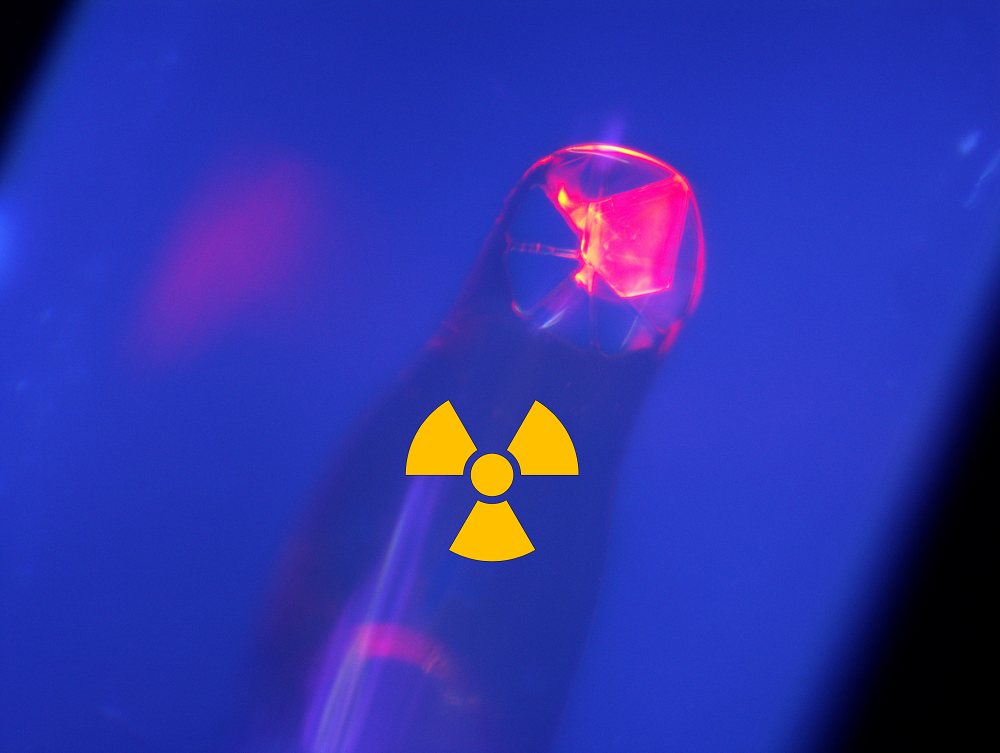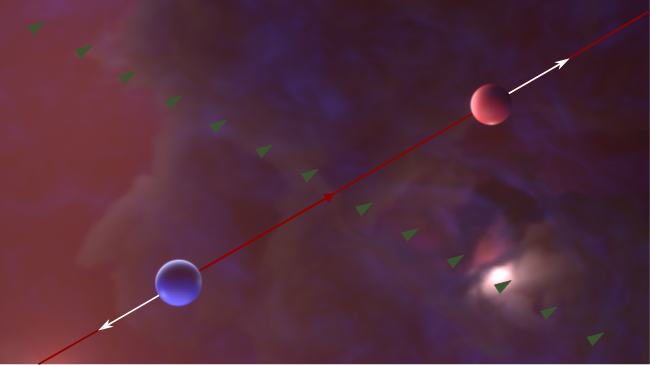
Taming Undomesticated Bacteria with a High-Efficiency Genome Engineering Tool
A new strategy makes the stable introduction of new traits simple for newly discovered bacteria.

A new strategy makes the stable introduction of new traits simple for newly discovered bacteria.

The National Microbiome Data Collaborative’s community learning program trains early-career researchers.

New measurements at RHIC provide evidence for quark ‘deconfinement’ and insight into the unimaginable temperature of the hottest matter on Earth.

Calculations predict the temperature at which bottomonium melts in the hot matter created in heavy ion collisions.

Data on protons emitted from wide range of gold-gold collision energies shows absence of a quark-gluon plasma (QGP) at the lowest energy.

Research advances the chemistry and improves the purity of isotopes for targeted alpha therapy used in the treatment of cancers.

A newly proposed approach aids chemical studies of rare, toxic, radioactive, and precious isotopes by requiring 1,000 times less material.

National laboratory researchers partner with a private company to achieve 100-million-degree temperatures inside a high magnetic field spherical tokamak.

Theorists find new electromagnetic effects that shift the spin-dependent coupling of the nucleon to the weak force and point out the implications for new physics in beta decay.

Scientists test nuclear theory models in mid-sized nuclei using high resolution Indium-115 decay data.

New calculations provide insights into the dynamics of the chiral magnetic effect in heavy ion collisions.

Modeling nuclear matter in two dimensions greatly simplifies understanding interactions among “cold,” dense quarks—including in neutron stars.